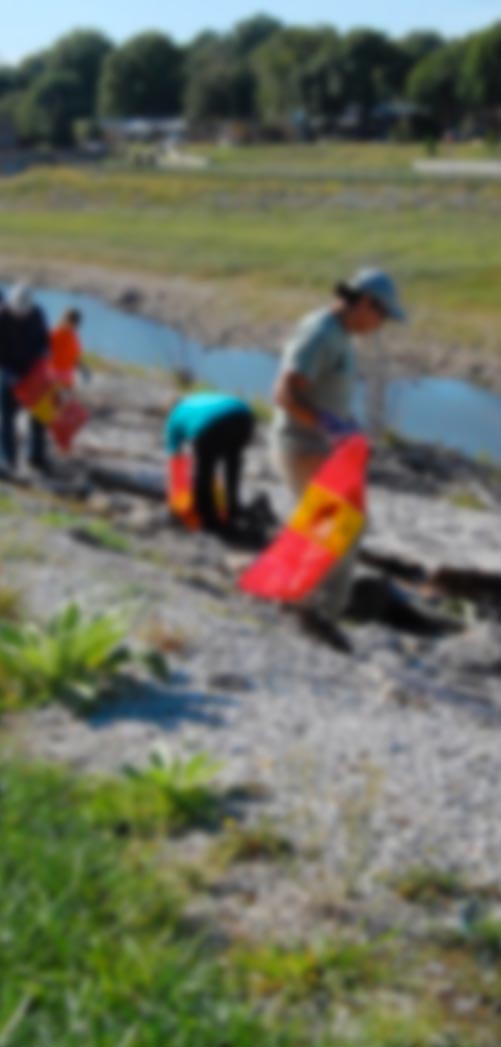Dunedin intermediate and high school students have been keeping a close eye on Tomahawk Lagoon as part of an ongoing water quality investigation.
Tahuna Intermediate year 8 students have been visiting the lagoon for the last four years to learn about water quality and to build up a database about the general physical, chemical and biological patterns of the lagoon’s ecosystem.
They have been joined by Bayfield High School year 9 students to help collect observations and data, with year 12 pupils from John McGlashan College coming on board more recently and taking the study a step further by processing water samples as part of their school’s science curriculum.
Partial monitoring is carried out every fortnight, with one day a month dedicated to full monitoring. Students note their observations and take water samples from four sites around the lagoon, including the creek that feeds into the lagoon, to test for nitrates, phosphorus, and E.coli.
This year the study has progressed by adding bugs to its repertoire, with students collecting bugs from two of the sites to compare the number and diversity of the invertebrates. Identifying the bugs has been the most challenging part of the study, which has taken place twice so far this year. It is expected the process will be refined over time and students will be able to analyse the data as more information is collected.
Each school has taken ownership of its own site at the lagoon, and ECOtago project manager Andrew Innes said it’s great to see the students’ knowledge of their location increase throughout the year.
“They are so enthusiastic and it’s wonderful to see their skills develop,” Mr Innes said. “The best part is talking with them about what they think has happened to cause any changes in the water quality, or why their observations of the lagoon conditions are different from one visit to the next. The study is a great way for students to get hands-on while learning about science and also the importance of looking after our waterways.”
The students note their observations on water temperature, water clarity, water level, aquatic plant growth, weather conditions, and the number and variety of birdlife. University of Otago makes laboratory space available so the students from John McGlashan College and Bayfield High School can test the water samples for contaminants.
At the end of each year the students prepare a report of the year’s findings, and compare the overall results with those from previous years to look for noticeable patterns or differences.
ECOtago received funding for this project from the Participatory Science Platform (PSP), which is designed to encourage communities to work together on science projects so they become more informed about the role that science plays in their lives.
The science project started after concern from the community when Otago Regional Council (ORC) erected signs around Tomahawk Lagoon warning about algal bloom. The lagoon is considered a significant wetland by ORC because it is one of few remaining marshes in Otago, and is also a habitat for waterfowl.
A Spring Time Big Day Out will be held at the lagoon on Saturday 26 November where the community can learn about the biodiversity of the lagoon and what the students have been doing.

Students from Tahuna Intermediate learn about water quality at Tomahawk Lagoon
